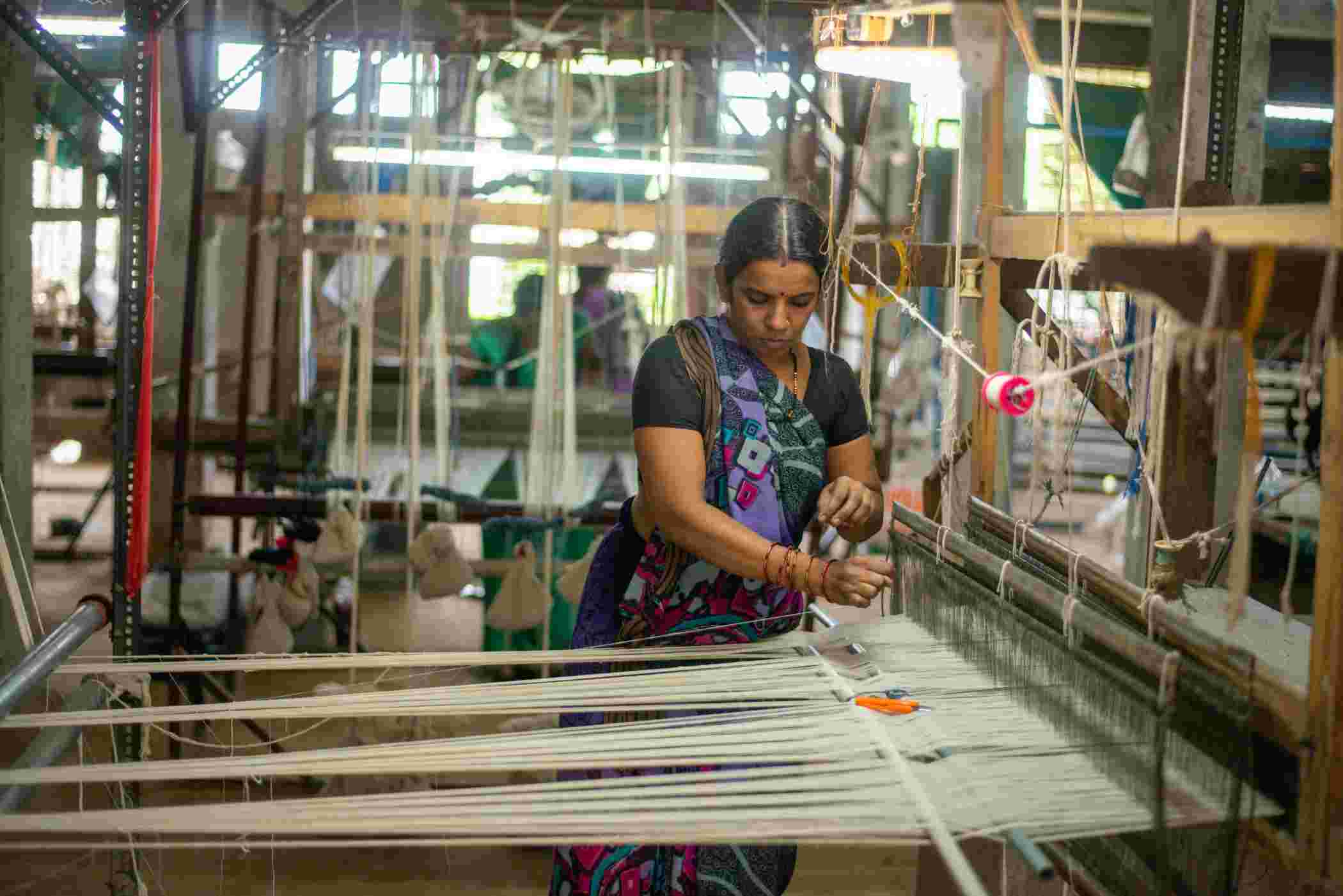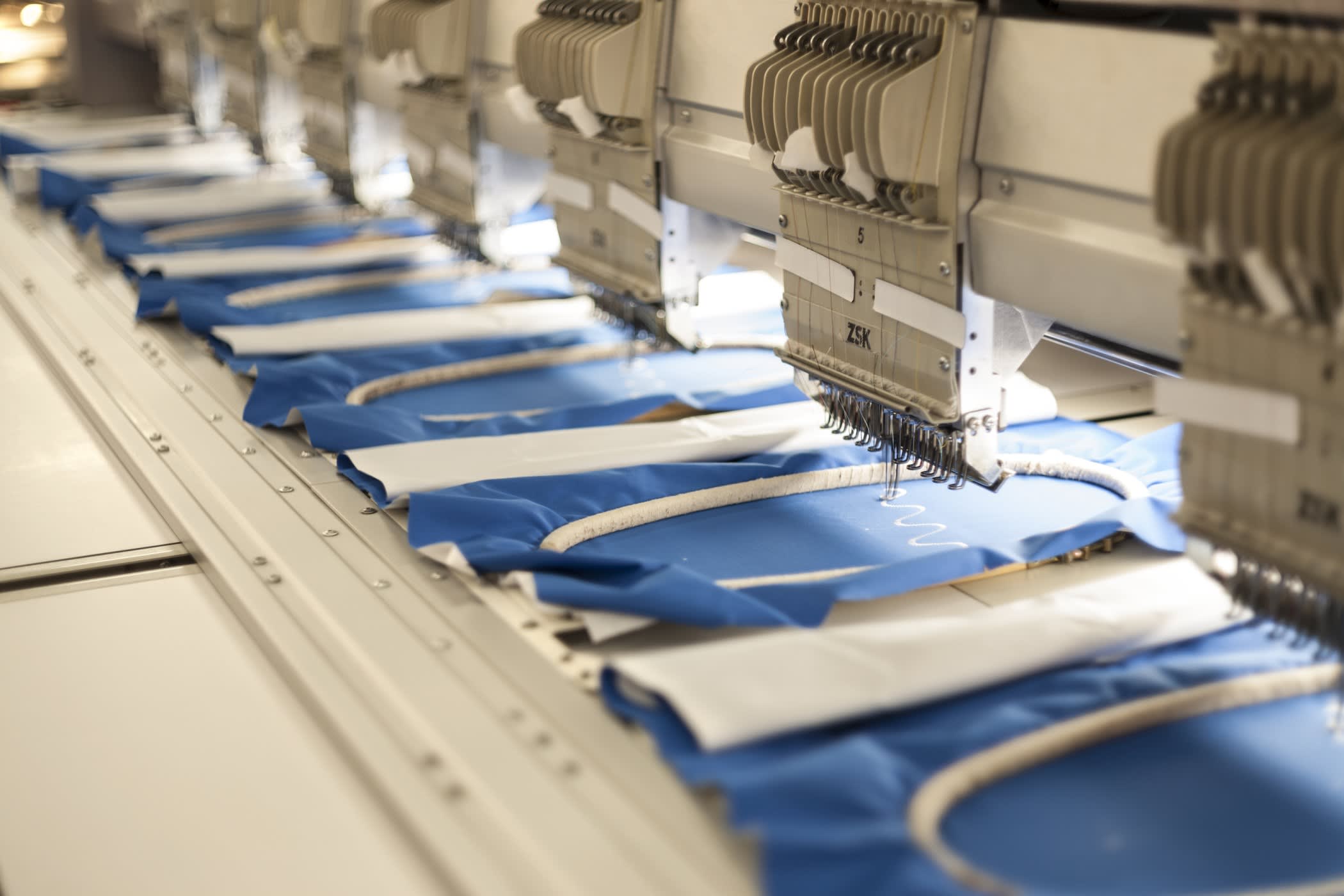What is Excess Inventory and How do Fashion Retailers Deal With It?



As a fashion retailer, you can be sure that at the end of the season, there will always be surplus inventory to deal with. In the course of the season, you may also encounter slow sellers. Unlike other industries, such as books, there are numerous reasons why fashion will constantly produce excess inventory.
Any product that is yet to be sold and is over the anticipated demand, is referred to as excess inventory. Over-buying, faulty estimates, cancelled orders, a weak economy, unforeseen weather changes, unpredictable consumer demand, or late/early delivery of goods are all common causes of excess inventory.
This article, in trying to understand what causes excess inventory will also explore an efficient Store Management System, which will help businesses handle surplus inventory better.
Purpose of Excess Inventory
The product cycle can be disrupted in several ways, which can lead to an increase in excess inventory. Excess inventory can also be caused by consumer behaviour and market developments. Seasonal fluctuations can lead to a surplus inventory in retail and home goods companies. Overstocking in slower-moving items is common in sectors dealing with fast-moving consumer goods when demand is difficult to estimate, resulting in surplus inventory. The waste, storage, and additional expenditures that come along with having an overabundance of inventory must be considered. The use of a Store Management System is recommended in this case.
Reselling the products at a profit allows a company to turn its inventory into cash, which can then be used for operating expenses. This cash flow is hampered by excess inventory, which keeps the cash in goods form and prevents it from being used elsewhere.
A company's revenue is harmed when it has excess inventory.
Excess inventory depreciates over time due to dwindling demand and also takes up any shelf space that could be used for a newer product with a better profit margin. Excess inventory-related expenditures like warehousing, insurance, and taxes reduce profits further. Extra products with a shelf life or expiry date need to gotten rid of since they are no longer useable and cannot be invested in. As such they represent an even greater loss.
How to Deal with Excess Inventory

Excess inventory in fashion retail is unavoidable, despite your best efforts. Dealing with such an excess efficiently, is as important as paying the electric bill or making payroll checks.. If you're going to lose money on some of your purchases, you need to distance yourself from your slow sellers. Moreover, investing in a better selling product becomes impossible if you are sitting on a lot of money in dead stock. As such, having a lot of unproductive inventory can harm your brand's reputation.
In order to overlook and handle an excess inventory better, here are a few tips pertaining to store management systems that could prove beneficial:
Inventory Age
First and foremost, you must keep a close eye on your inventory and how old it is. A product's age is determined by how long it has been on the market and its price. As time passes, it is more likely that your style will necessitate attention. As such, inventory age should be analysed periodically, and any problem with products should be addressed before they get out of hand.
Bundling
Bundling is a wonderful technique to employ better-performing products to increase sales on underperforming ones. This is a less evident tactic than traditional markdowns. Rather than being sold at a reduced price, offering incentives like combination pricing when clients buy two of something, can be promoted as a "special" deal. It is also possible to boost sales of slow-moving products by combining them with products that are in demand.
Theme-Based Sales
Use a themed sale event if you need to during the holiday shopping season. This could be because of a forthcoming holiday or because a certain product category is experiencing a particularly slow period. Shoes, for example, are a popular category. So a weekend shoe sale will bring in visitors who are specifically looking for that style.
Return to the Vendor
Many brands are ready to accept returned products if you sell them on your website under the label of a luxury brand. As a result, these companies have more influence over how and where their products are reduced. This situation necessitates contacting the brand to find out if they will allow you to return the surplus product.
Third-Party Discount Shops
There is always the possibility that you will be stuck with unsold goods even after offering steep discounts to move your excess stock. It's time to purge your belongings, make way for new receipts, and free up some cash. End-of-season products are typically sold to bargain stores, whether online or otherwise. But you will need to have a substantial amount of the product to attract these third-party retailers' interests. Take into account the impact of having huge quantities of your product on another website or physical stores at considerably reduced costs, if you offer your own branded merchandise.
Marketplaces on the Internet

Online marketplaces or e-commerce sites can help you sell smaller amounts of the excess merchandise. Buyers who are interested in purchasing smaller quantities to resell online or in flea markets can be found on these sites as well. Make sure you know where and how your potential purchasers intend to market your products to minimise any potential problems with your firm.
Sample Sales
Even if you own an online fashion firm, you may want to consider selling some of your excess inventory. To quickly move the inventory at deep discounts, holding an online sample sale is an excellent option. If you want to host a larger event and attract more customers, you can consider collaborating with another local business or fashion brand. There may be companies in your area that will host your sample sale for a percentage of your sales, so you don't have to worry about marketing and logistics.
Final Words
In the fashion sector, excess inventory is a natural element of conducting business. Even the most successful merchants have to cope with excess inventory because of the wide range of factors that influence the sales cycle. Inventory management or store management system begins with a frequent assessment of your stock position. It is important to deal with difficulties as they develop, instead of waiting for them to get out of hand and jeopardise the company's profitability. Focus on limiting loss rather than aiming to maximise profit when handling surplus inventory. To read more informative articles about growing your fashion-related business, visit the Fashinza portal.



















